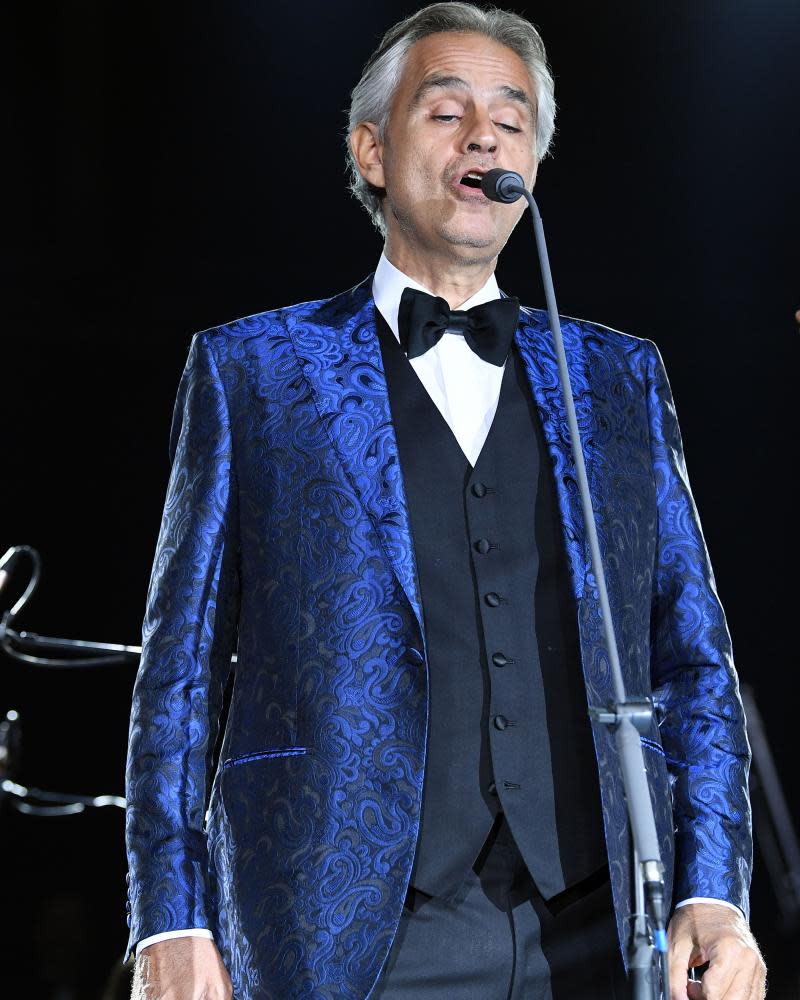Royal College of Music transforms ‘forbidding’ HQ in £40m upgrade
It is one of the world’s great conservatoires, with composer Benjamin Britten and singer Dame Joan Sutherland are among those who trained there. But for decades the Royal College of Music has struggled to showcase its star power and its collection of instruments in headquarters that have been described by some as forbidding and drab.
Now, following a £40m transformation – funded in part by donations from artists including the Italian tenor Andrea Bocelli – the RCM is unveiling an ambitious new look. The redesigned buildings – due to be officially opened later this year – include London’s newest state-of-the art concert halls and a museum featuring more than 15,000 treasures, including the world’s oldest guitar. Professor Colin Lawson, the RCM’s director, told the Observer: “People have walked past here without really knowing whether they’re allowed in or not. It was pretty forbidding at one time. The redesign is all about opening up everything.”
As part of the makeover, a disused courtyard in South Kensington has become a vast, light-filled conservatory that leads off to two concert halls and a museum, as well as dozens of additional practice rooms, recording and digital facilities and a large cafe where recitals will also be staged.
A glorified 1960s hut that used to house the museum has been demolished. The RCM can now do justice to its collection, which covers music-making over more than five centuries, from the earliest stringed keyboard instrument (a 1480s clavicytherium) to Mozart’s score for his Piano Concerto No 24 in C minor, complete with his doodles in the margin. Through headphones, interactive displays will allow visitors to hear the music. Lawson said that, although the Victorian-era design had been “fantastic”, “all kinds of social interaction” had now become possible.

The RCM was founded in 1882 by the then Prince of Wales, later Edward VII. Its alumni include the composer Gustav Holst, the conductor Sir Colin Davis, and the flautist Sir James Galway. Today it trains around 800 students from 55 countries. In 2019, it was ranked as the UK’s top institution for the performing arts in the QS World University Rankings. “In 2020, we’re also number one in Europe and number two in the world,” Lawson said.
The public is already able to attend concerts and masterclasses, but the new buildings will increase access and expand programmes, mostly with free entry.
Masterclasses are by international stars such as Maxim Vengerov, the violin virtuoso.
Lawson said: “The thing about a Vengerov masterclass is that the students sound absolutely wonderful until he picks up the violin and then suddenly ‘wow, this is what’s possible’.”
Transforming the RCM’s Grade II-listed home has taken two-and-a-half years in a project headed by John Simpson, whose work on historic buildings includes the Queen’s Gallery at Buckingham Palace.
He is a favourite architect of Prince Charles, president of the RCM’s fundraising campaign, which has seen one of its biggest investments. Bocelli is among those who have donated money, along with the National Lottery Heritage Fund, trusts and foundations.
Simpson’s approach uses updated traditional forms to respond to contemporary requirements. He has done exactly that at the RCM, with light and airy spaces. Joanna Wachowiak, director of John Simpson Architects, said: “The idea was to provide space for people to practise, space for people to eat and congregate, space for audiences to come and space to teach.”
The RCM says that the performance hall and studio – seating 150 and 90, respectively – have been designed for the highest standards of music-making with the most sophisticated technology. A beautiful white lattice-work decorates the hall’s walls, but serves a purpose that goes beyond the aesthetic, namely “sound-scattering”. The walls incorporate sound-absorbent banners, which can be adjusted to suit different types of performance, while advanced air-handling and climate-control enable the most delicate instruments from the museum to be played. “Every bit of the design or decoration has a purpose,” said Simpson.
Fundraising continues, partly for scholarships. Up to 70% of RCM students receive some support.
Lawson said: “When the college opened, the future king was proud of the fact that the daughter of a brick-maker was a student. We’ve carried on that tradition but of course we’re in a very competitive environment. There are a lot of endowments in America and you can go to a German conservatoire for nothing.”
The redevelopment has excited musicians. Lang Lang, the Chinese pianist, said: “In developing its already iconic and exceptional facilities, the RCM has committed to ensuring a world-leading experience for future students and visitors.”

 Yahoo News
Yahoo News 
